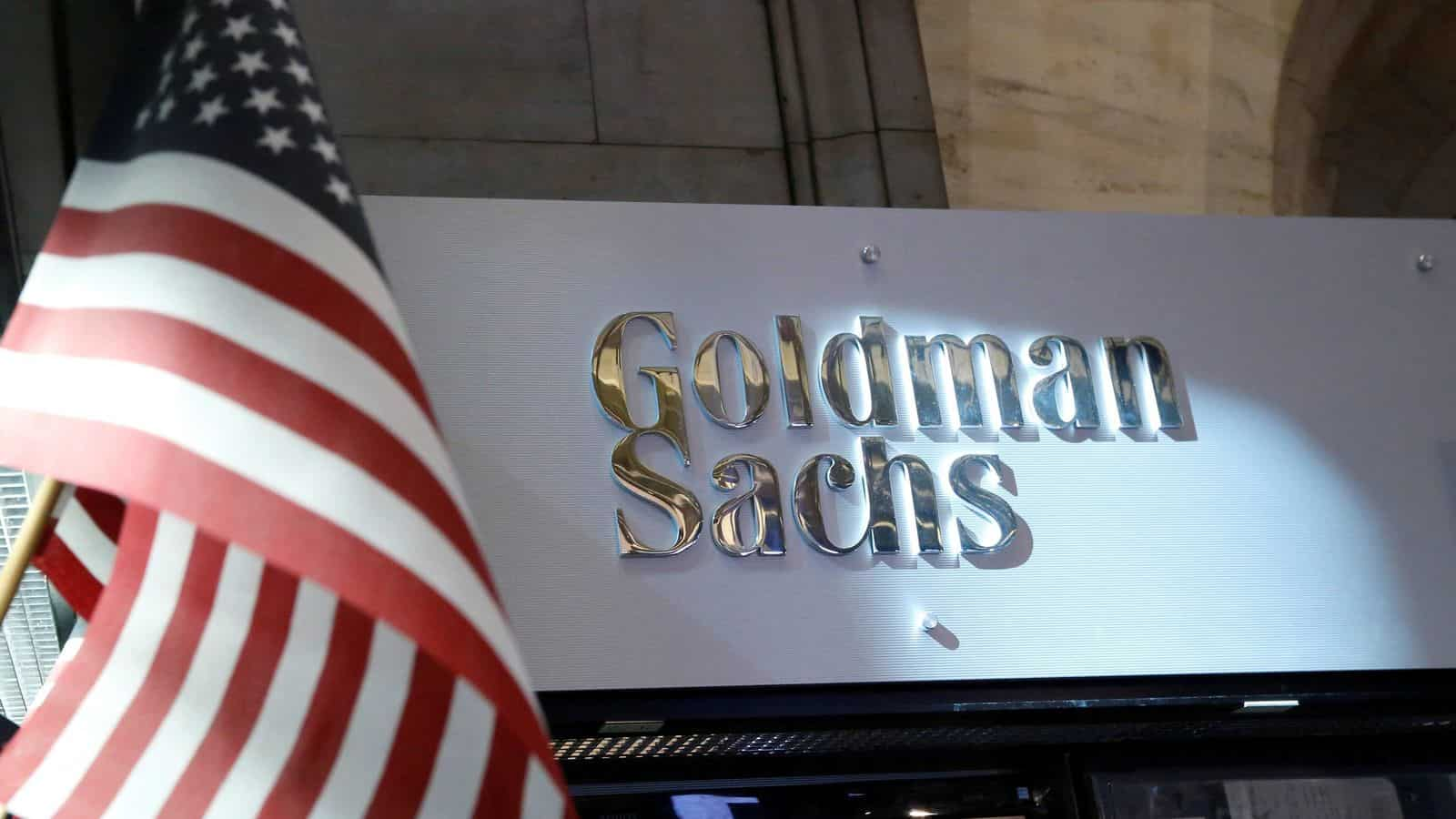China’s Growth to Hit 4.6% After Tariff Truce—Goldman Spots a Window
Goldman Sachs predicts China’s economy will claw back to 4.6% growth following a 90-day tariff ceasefire—because nothing fuels optimism like temporary relief.
Wall Street’s crystal ball: The pause lets Beijing buy time, but structural cracks—debt, demographics, and decoupling—aren’t going anywhere. Meanwhile, traders will front-run the headline bump before the next ’unexpected’ slowdown.
Pro tip: Watch for the usual suspects—infrastructure stimulus, SOE pump-priming, and a carefully curated GDP print. Just don’t call it a comeback (yet).
Tariff Relief Boosts China’s GDP, Trade Outlook, And Market Confidence

Key Forecast Revisions

Goldman Sachs has also revised its China growth outlook to 2026 at 3.8% up from 3.5%. The revision is a sign of increasing Optimism over China’s mid-term outlook despite still falling short of Beijing’s 5% target for 2025. Currently, the tariff reduction impact has managed to impact the financial markets instantly and with rather obvious positive implications.
Gary Ng, senior economist at Natixis, stated:
Tariff Agreement Details

The trade accord announced Monday includes a temporary suspension of most tariffs and reduces levies on goods from 125% to 10% for a 90-day period. This represents a significant thaw in US-China trade tensions that have been dampening economic forecasts for quite some time. China’s GDP forecast improvements reflect optimism that this 90-day window could lead to more permanent arrangements.
Several financial institutions have responded to the development. UBS revised its 2025 China GDP forecast to 3.7-4%, up from 3.4%. Meanwhile, Natixis projects 4.5% growth this year, contingent on further policy stimulus and additional supportive measures.
Market Response
Chinese equities have benefited from easing trade tensions. Nomura upgraded its rating for Chinese stocks to “tactical overweight” while Citi raised its year-end target for the Hang Seng Index. Consumer goods and technology sectors are expected to see particular benefits from the tariff reduction impact.
Dan Wang, China director at Eurasia, warned:
Future Outlook
The temporariness of the agreement creates uncertainty as regards long-term US-China trade frictions. With President TRUMP who has imposed tariffs as a strong bargaining tool, the rates may not remain low after the passing of 90 days. This ambiguousness gets to play a role in the making of business plans and business funding matters in relation to the resurgence of the Chinese economy.
Morgan Stanley Analysts have now revised long-term expectations of GDP growth for China above 4.5% in the second quarter of 2025 and maintain the same force throughout the next quarter. This shows that people have greater confidence in the potential impact of the lowering of the tariff’s effect, in the long run, and even towards sustainable growth.
The projections of Goldman Sachs’ toward China’s growth are a cautiously optimistic stance of the future of China. While this reversal of the freeze on tariffs has temporary relief, analysts reiterate that a long-term fix on the economic recovery in China will entail structural reforms. The markets will be keenly watching whether this agreement will be translated into momentum for more broad-based trade deals which can possibly add to China’s GDP forecast for the next few years.

